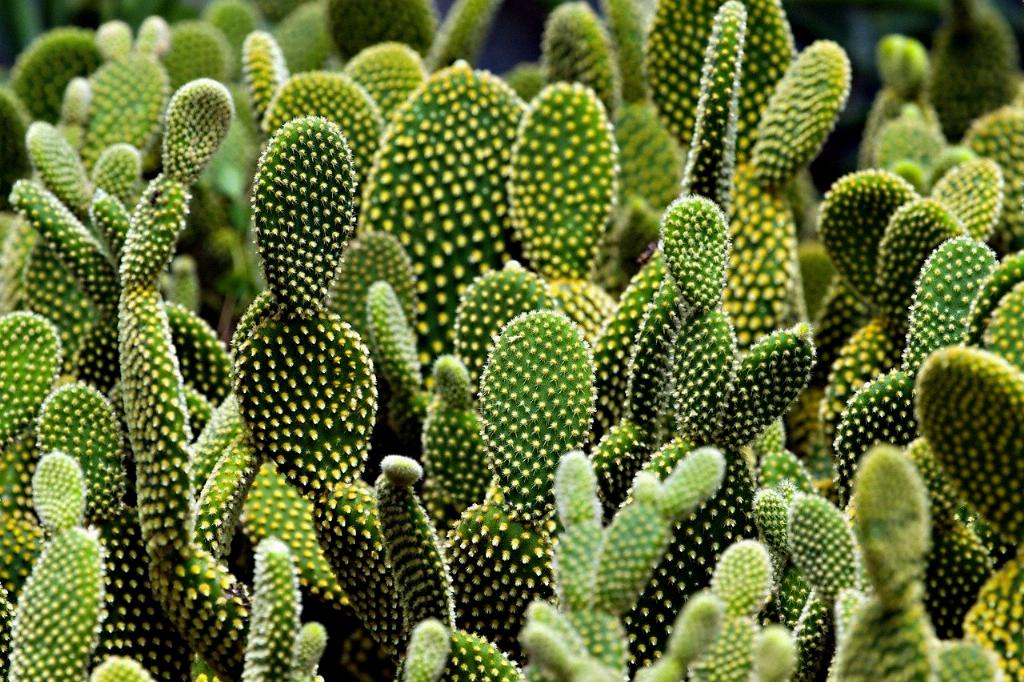When it comes to the diverse world of cacti, there is a staggering number of species that make up this unique plant family. With nearly 2,000 different species spread across 139 genera, cacti are known for their distinct appearance and ability to thrive in arid environments. Each type of cactus has its own unique characteristics that make it stand out among the rest.
One of the fascinating aspects of cacti is the wide range of shapes and sizes they come in. From tall columnar cacti like the iconic saguaro to small, round cacti like the popular barrel cactus, there is a cactus species to fit every preference and environment. Some cacti even have intricate patterns of spines or flowers that add to their visual appeal.
Each type of cactus has adapted to its specific habitat, whether it be the deserts of the American Southwest, the mountains of South America, or the plains of Africa. These adaptations have allowed cacti to thrive in some of the harshest environments on Earth, showcasing their resilience and ability to survive in extreme conditions.
Some cacti are known for their striking flowers, which come in a variety of vibrant colors and shapes. These flowers are not only visually captivating but also play a crucial role in the cactus’s reproductive cycle, attracting pollinators like bees and hummingbirds. The diversity of cactus flowers adds to the overall beauty and allure of these plants.
When it comes to selecting a cactus for your own collection, the wide array of choices can be overwhelming. Whether you are drawn to the towering majesty of a columnar cactus or the compact charm of a clustering cactus, there is a cactus species out there that will suit your taste and space requirements. Consider factors like sunlight, water needs, and growth habits when choosing a cactus for your home or garden.
Another interesting aspect of cacti is their ability to store water in their stems, allowing them to survive long periods of drought. This adaptation has made cacti well-suited to arid environments where water is scarce. By storing water in their tissues, cacti can withstand dry conditions and thrive in places where other plants would struggle to survive.
Some cacti have developed specialized features like spines or thorns to protect themselves from herbivores and reduce water loss. These adaptations help cacti conserve moisture and defend against predators, ensuring their survival in harsh climates. The spines of a cactus also provide shade, reducing the plant’s exposure to intense sunlight.
Many cacti have been cultivated for their ornamental value, with hybrid varieties and unique cultivars available to enthusiasts around the world. These cultivated cacti often feature striking colors and patterns, making them popular choices for collectors and gardeners alike. Whether you are a novice cactus enthusiast or a seasoned collector, there is always something new and exciting to discover in the world of cacti.
Overall, the world of cacti is vast and diverse, with nearly 2,000 species spread across 139 genera. Each type of cactus brings its own unique beauty and charm, from the towering saguaro to the delicate mammillaria. Whether you are interested in cacti for their visual appeal, their adaptations to arid environments, or their role in ecosystems, there is no shortage of reasons to appreciate these remarkable plants.
So, the next time you encounter a cactus in the wild or at a botanical garden, take a moment to appreciate the incredible diversity and resilience of these fascinating plants. With so many types of cacti to explore and learn about, there is always something new and interesting to discover in the world of these beloved succulents.

